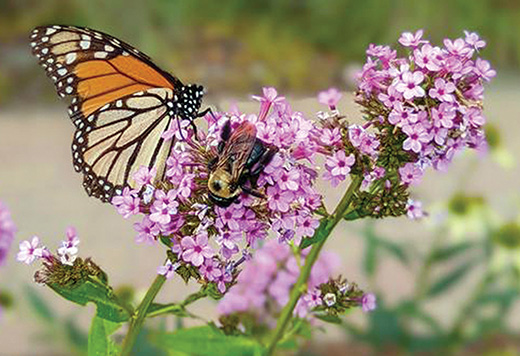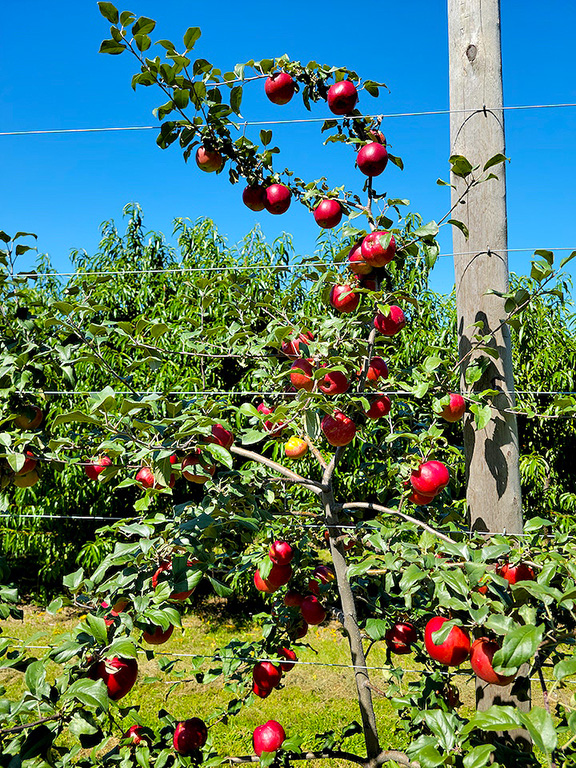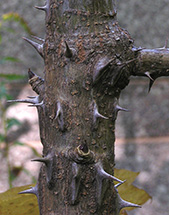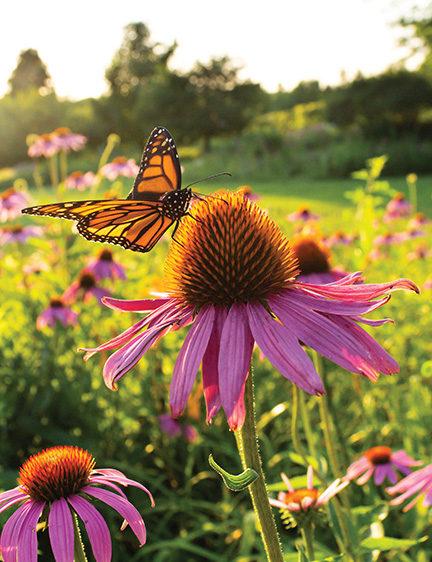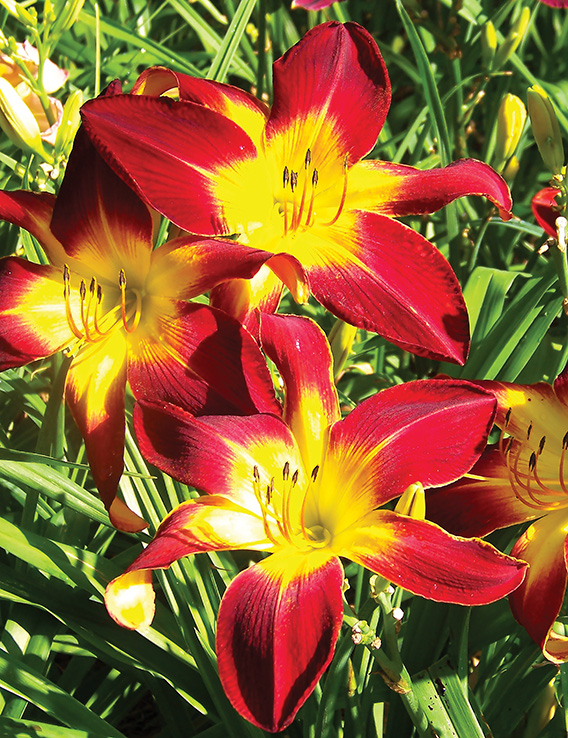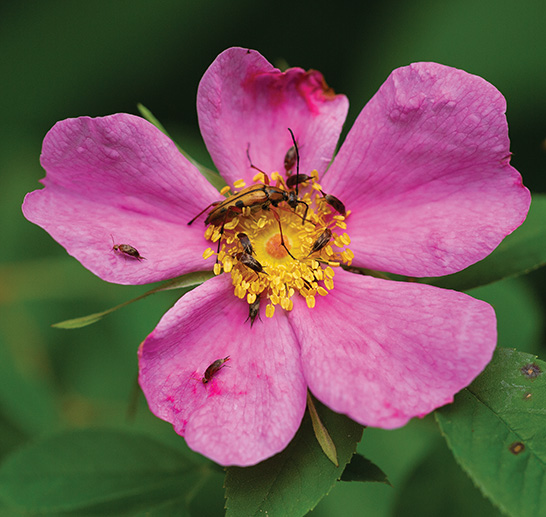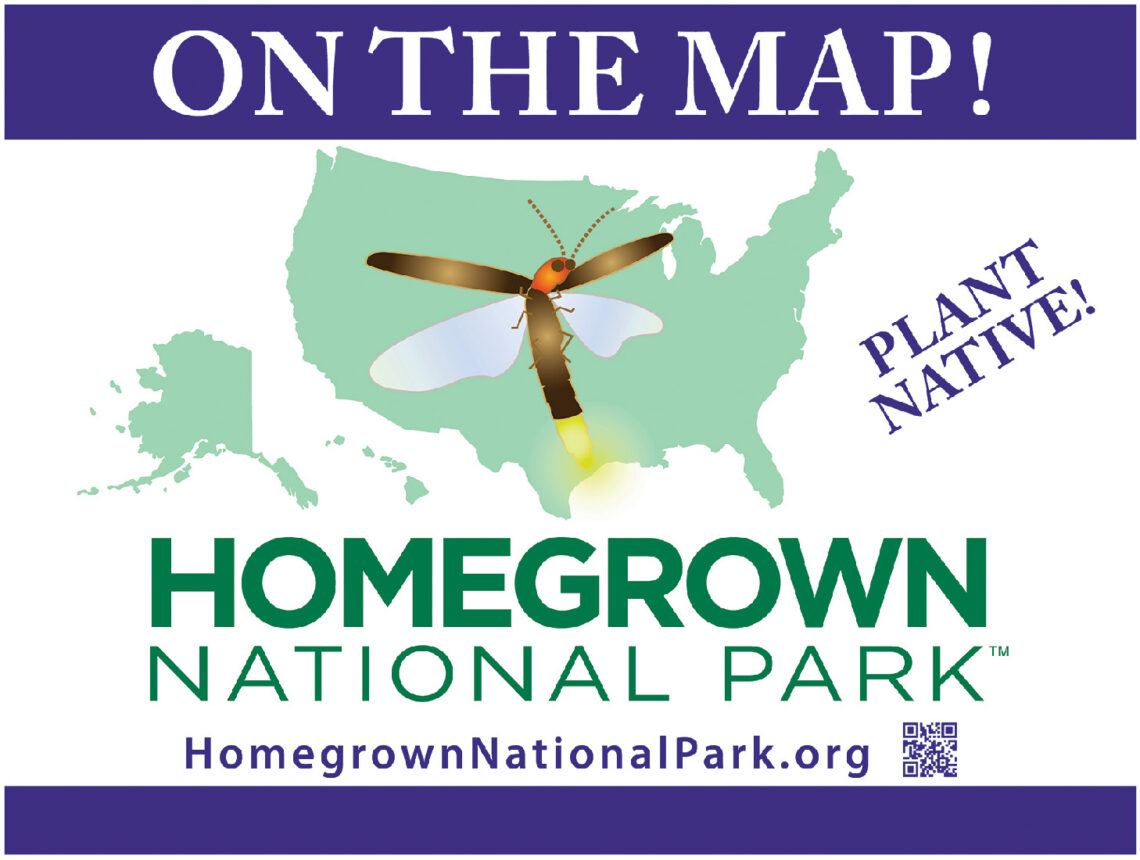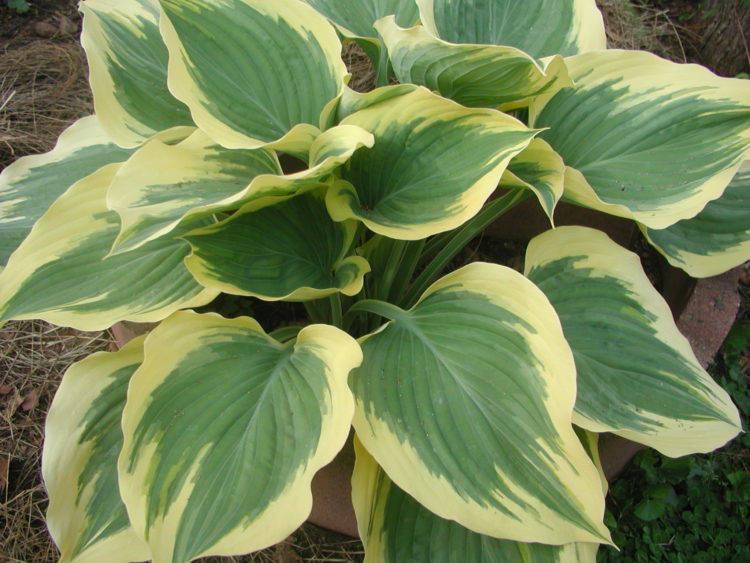Phlox paniculata ‘Jeana’ is the Perennial Plant Association’s Perennial Plant of the Year for 2024. ‘Jeana’ was named for Jeana Prewitt who found it growing along the Harpeth River near Nashville, Tenn. Featured photo courtesy of Prides Corner Farms (pridescorner.com) “I love Phlox paniculata ‘Jeana’ and it is my go-to variety in my garden designs,” says Nancy DuBrule Clemente from Natureworks in Northford, a longtime friend of the magazine. “It does attract tons of pollinators, especially tiger swallowtail butterflies galore. If you deadhead it, it blooms and blooms. It really is superior. The panicles are longer and more pointed which makes it distinctive.” It’s resistant to Powdery Mildew and makes…
-
-
Support Your Local Orchard
By Russell Steven Powell This story first appeared in the Orchard Blog at newenglandapples.org Highly variable is about the best way to describe the 2023 New England apple crop.Most people by know now that the fresh apple crop will be significantly smaller due to a region-wide freeze the night of May 18. Yet many orchards have full crops, and most have some apples. When all the apples are picked, though, losses could amount to as much as half of a normal crop of between 3.5 million and 4 million 42-pound boxes. It means there will be plenty of fresh apples this fall, but the season may not last as long,…
-
Castor-Aralia: A Thorny Threat
Castor-aralia (Kalopanax septemlobus) is a deciduous tree native to Eastern Asia (China, Japan and Korea). Its common names include Tree Aralia and Prickly Castor Oil Tree. It can have thorns up to a half inch long and a trunk five feet in diameter. It may look tropical but it’s actually cold hardy to about -40ºF. It’s recently been found growing wild in several places in Connecticut. GoBotany (gobotany.nativeplanttrust.org) says it’s been spotted in Massachusetts and New Hampshire. University of New Hampshire scientists have traced the spread of this exotic tree in local forests to a single tree planted on campus in the early 1970s. According to the UNH Today website…
-
Tiny+Wild
Graham Laird Gardner’s new book, Tiny + Wild, is an excellent introduction to mini-meadows, sometimes called micro-prairies. Meadows are all the rage these days but not everyone has the space, time or money to create large meadows. The answer? Mini-meadows. I first became enamored of miniaturization when I visited the Miyawaki Forest in Cambridge, Mass., essentially a mini-forest. The concept? Plant a bunch of native plants tightly together and create a forest quickly. We can do the same thing with meadows and we can do it pretty much anywhere … hell strips, fence lines, patios, around your mailbox or stoop. You can plant them in the ground, in raised beds,…
-
Understanding Monarch Movement
By Dr. Kelsey E. Fisher Monarch butterflies (Danaus plexippus) are a charismatic species known for their characteristic orange and black coloration and annual migration from Mexico to Canada. Monarchs overwinter in Central Mexico huddled together in high elevation oyamel fir trees. Throughout the spring and summer months, monarchs undergo a multi-generational northern migration through the United States and into Canada. [The lovely photo of an adult monarch on a purple coneflower was taken by Jacqueline Pohl from Iowa State University.] During the summer breeding period, monarchs are widely distributed across the United States and Canada, where adult females lay eggs and caterpillars feed on their obligate host, milkweed (Asclepias spp.).…
-
Outstanding Daylilies for CT Gardens
By Russ Allen If you’ve not yet grown some of the newer varieties of daylilies in your perennial garden, they are something you’ve got to try. The explosion in daylily hybridizing over the past 20 years has resulted in over 95,000 different registered varieties, but how do you know which will perform best in Connecticut gardens? The Most Rewarding Perennial Flower Many gardeners believe that daylilies (also known as Hemerocallis) may be the most rewarding perennial flower one can grow in their garden based on a number of considerations which include: The beauty of modern daylilies can be breathtaking with tremendous variety of colors, flower sizes and forms, heights, patterns,…
-
Wild About Native Roses: Their Beauty and Wildlife Value Belong in Our Gardens
This story first appeared in the spring/summer 2022 issue of Native Plant News.The photo above is Swamp rose (Rosa palustris) with beetles. By Neela de Zoysa with photographs by Uli Lorimer Beauty, ecological value, utility, and versatility – our native roses have it all. Their striking, five-petalled pink blossoms with a crown of pollen-laden stamens are a visual delight in late spring. Their fragrant flowers attract a wide range of pollinators and transform into bright-red fruits, or hips, in late summer. The hips last through the fall and winter, providing winter color in the landscape as well as cold-season sustenance for birds and mammals. Native roses are tough, hardy shrubs…
-
Is Your Yard on the Map?
By Kathy Connolly Millions of people will flock to national parks this summer, anticipating the oceanside cascades at Acadia, the wildlife at Yellowstone, or the views at Shenandoah. All these worthy destinations delight their visitors at the same time as they preserve extraordinary elements of the natural landscape and provide wildlife habitat. But, according to some ways of thinking, the national parks are more like nature museums than nature itself. One of those thinkers is Dr. Douglas Tallamy, whose 40 years of research have aimed to understand how insects interact with plants and how such interactions determine the diversity of animal communities. He is probably familiar to many Connecticut Gardener…
-
Teaming with Bacteria
Jeff Lowenfels has described writing a book as “going down a rabbit hole.” That’s also a fairly apt description of reading one of his books. I’ve read the entire Lord of the Roots Trilogy: Teaming With Microbes, Teaming With Nutrients and Teaming With Fungi. But, now that we have Teaming With Bacteria, I guess we have to call it the “Teaming Cycle.” In any case it’s another rabbit hole to explore, which I relish. I’m always a slightly different person after reading one of Jeff’s books. I can’t say I remember all the details but I always discover a new way of looking at things. For those into the soil…
-
2023 Hostas of the Year
Hosta ‘Neptune’ … The American Hosta Growers Association’s Hosta of the Year for 2023 is Hosta ‘Neptune.’ An impressive blue specimen with large wavy-edged leaves, it’s a cross by Hans Hansen that combines the qualities of Hosta ‘Maekawa’ × ‘Halcyon’ and Hosta ‘Salute.’ In spring, the rippled leaves are grayish blue but eventually turn more blue-green. The lanceolate leaves are sturdy and have some slug resistance. Its cascading form displays well when planted on a ledge or in a container. Pale lavender flowers are produced on arching scapes in late summer and early fall. Easy to grow and low-maintenance. Hosta ‘Neptune’• 2’ high and 4’ wide• Pale lavender flowers in…
